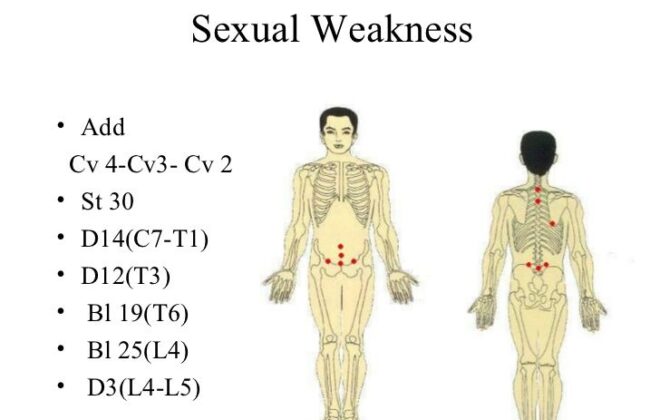α-Santalol, a skin cancer chemopreventive agent with potential to target various pathways involved in photocarcinogenesis
Abstract
This study is designed to investigate the chemopreventive effect and molecular mechanisms of α-santalol on UVB-induced skin tumor development in SKH-1 hairless mouse, a widely used model for human photocarcinogenesis. A dose of UVB radiation (30 mJ cm(-2) day(-1)) that is in the range of human sunlight exposure was used for the initiation and promotion of tumor. Topical treatment of mice with α-santalol (10%, wt/vol in acetone) caused reduction in tumor incidence, multiplicity and volume. In our study, the anticarcinogenic action of α-santalol against UVB-induced photocarcinogenesis was found to be associated with inhibition of inflammation and epidermal cell proliferation, cell cycle arrest and induction of apoptosis. α-Santalol pretreatment strongly inhibited UVB-induced epidermal hyperplasia and thickness of the epidermis, expression of proliferation and inflammation markers proliferating cell nuclear antigen (PCNA), Ki-67 and cyclooxygenase 2 (Cox-2). Significant decrease in the expression of cyclins A, B1, D1 and D2 and cyclin-dependent kinases (Cdk)s Cdk1 (Cdc2), Cdk2, Cdk4 and Cdk6 and an upregulated expression of cyclin-dependent kinase (CDK) inhibitor Cip1/p21 were found in α-santalol pretreated group. Furthermore, an elevated level of cleaved caspase 3 and cleaved poly (ADP-ribose) polymerase (PARP) were observed in α-santalol-treated group. Our data suggested that α-santalol is a safer and promising skin cancer chemopreventive agent with potential to target various pathways involved in photocarcinogenesis.
Categories
- Certification (1)
- Forms (1)
- Health & Wellness (99)
- Inspiration (2)
- Meet Me (1)
- Uncategorized (5)


